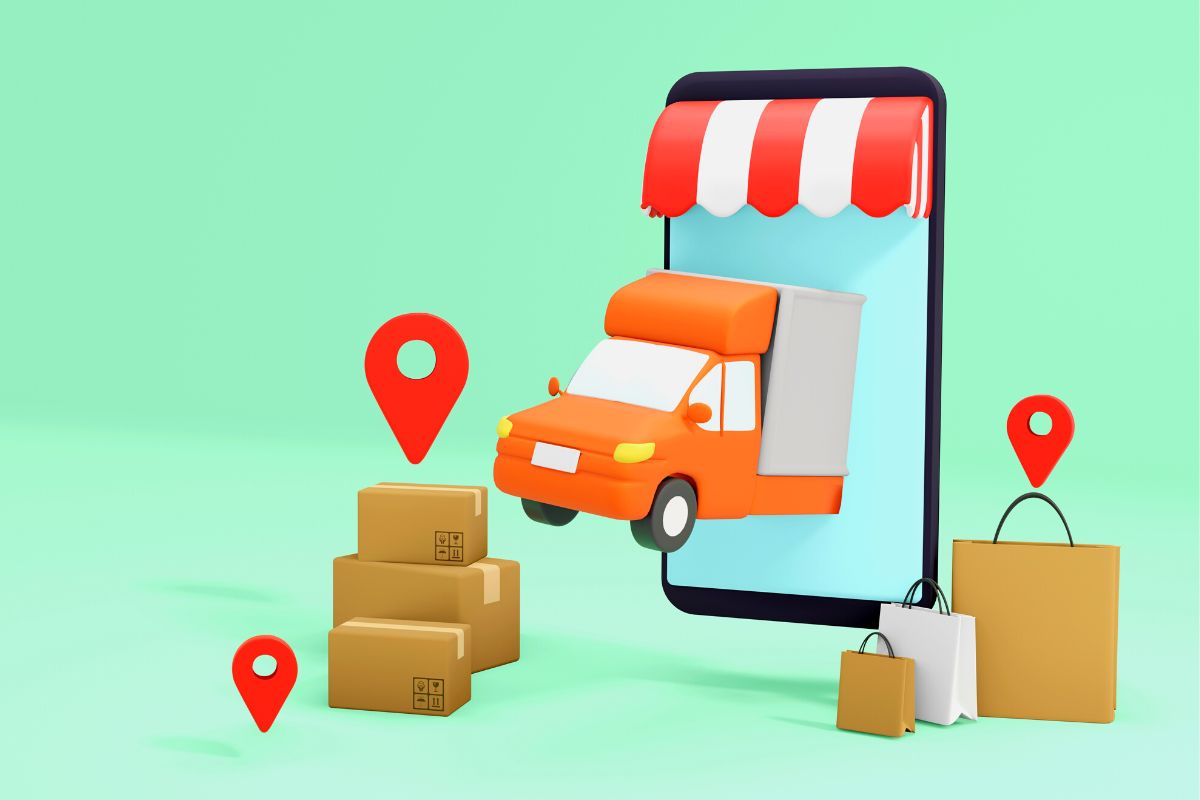Delivery and shipping services can get tricky. There are simply too many external factors organizations cannot affect.
However, some aspects can be perfected and, most importantly, planning should be spotless.
There are numerous challenges in this regard. According to More Than Shipping, the main shipping and delivery issues include:
- No new capacities are being introduced to Trans-Pacific trade in the period of 2022-2023.
- Low schedule reliability is one of the underlying causes for continued congestion in Asia and the U.S. Experts predict that it will lead to 15%-25% of capacity getting pulled out of the market as a result.
- Port congestion on the U.S. West Coast will likely continue and cause more blank sailings for the West Coast, creating more pressure on the pricing and space for the West Coast.
- Carriers’ new plans to add capacity to the U.S. East Coast may not be as fruitful, as U.S. Gulf and Florida ports won’t receive any new capacity according to carriers. Many allocations for the U.S. Gulf and Florida are currently being reduced by carriers.
Obviously, these are real issues, so let’s see what businesses can do to simplify things.
Compare Shipping Services
Comparing shipping services is the first step. Be thorough, though: look beyond the prices! The cheapest shipping service provider is seldom the best option!
This doesn’t mean that the most expensive shipping service provider is the right choice. Aim for the best balance between quality and price range. After all, if your shipping services are too expensive, you’ll start losing customers.
It’s a good idea to make a list of shipping service providers and compare their performance over time. The points to be observed include:
- Type of delivery service
- Delivery speed
- Security regulations
- Range of deliveries (oversized products, fragile products, etc.)
- Costs associated with delivery (always confirm with the service provider!)
- Professional overall experience (priority should be given to professional and amicable delivery service providers)
Train Your Workforce
To minimize mishaps, make sure to train your workforce. Points of interest include packaging and labeling, in particular.
It goes without saying that products must be securely packed and be able to endure tumbling at the very least.
As for the tricky part, train your workforce to supervise the process, especially if the shipping service provider of your choice packs the products themselves. All parcels must be wrapped individually and all boxes cushioned and sealed.
Calculate Shipping Accuracy
Shipping accuracy can be calculated by applying a simple formula: subtract the number of orders dispatched and delivered on time (set a time period).
Aim for at least 99% accuracy lest you be unpleasantly surprised in the future.
Since human error is the first and foremost reason why shipping gets delayed, this percentage really isn’t as high as it may have appeared at first.
Shipping Labels and Packing Materials
Always choose the best-quality packing materials to avoid product damage during the shipping process. It is paramount that customers receive their orders in good condition, packaging included.
If needed, you may use seals or locks to prevent tampering, but not all products need to be packaged this way.
The next thing is to ensure you’re creating detailed shipping labels.
Typically, a label should include:
- Recipients name and delivery address
- Company info
- Package weight
- A handle with care warning for fragile orders
Optimize Loading
Each phase of the shipping process should be supervised to make sure there are no errors. As mentioned above, human error is the usual culprit, so don’t skip this step.
Make sure that all stages of the process have been finished satisfactorily before loading the products.
As for the loading process itself, it can be simplified by a couple of logical procedures. Make sure to separate batches of packages by required truck specifications, which usually include order destination, cargo size, and similar parameters.
These steps will minimize potential risks.
Offer Real-Time Delivery Tracking
Set up a real-time delivery tracking system that will keep your customers happy.
Basically, it enables customers to get the exact idea of the product’s whereabouts as it’s moving through the supply chain. Tracking systems usually use a combination of GPS monitoring and field status updates.
Don’t be afraid to experiment with new tech in this regard as there are numerous options available. Make sure to include an electronic proof of delivery for best results.
An innovative TMS can revolutionize supply chain management by integrating cutting-edge technology and data analytics for enhanced efficiency.
Use a Warehouse Management System
To move products through warehouses in a reliable way, set up a warehouse management system (WMS).
A WMS is a type of software deployed in the manufacturing and retail industries. It helps track all resources and items as they enter and exit the warehouse. Simply put, a WMS optimizes all warehouse procedures.
A WMS also tracks the inventory in real-time and from any location, including facility and transit. On top of keeping track of the supplies in the warehouse, a WMS also streamlines how workers pick products and pack orders.
Still, keep in mind that a WMS is only as efficient as warehouse processes permit.
Increase End-To-End Visibility
Consider digital procurement platforms (DPP) to increase shipments’ end-to-end visibility.
What is a digital procurement platform, exactly?
It is a platform that centralizes supplier, category, and contract administration and links the procurement function with the rest of the company.
If you’re shipping locally, this step may not be necessary. For international shipping, however, it is highly recommended to rely on a DPP.
Digital procurement platforms are the sole solution for addressing critical shipping phases given that specifically target end-to-end visibility. Namely, a DPP creates visual breakdowns of the rate sheets, allowing for fast adjustments.
Key Takeaways
Product shipping can get complicated, no mistake about that. However, there are means to simplify what can be simplified and new tech can be helpful in all stages of the process.
Basically, you want to make sure that all products are packaged and labeled impeccably and that you’re relying on a trusted service provider.
Even then, issues may arise. To minimize the risks, increase end-to-end visibility, use a warehouse management system, optimize loading, and train your workforce.












